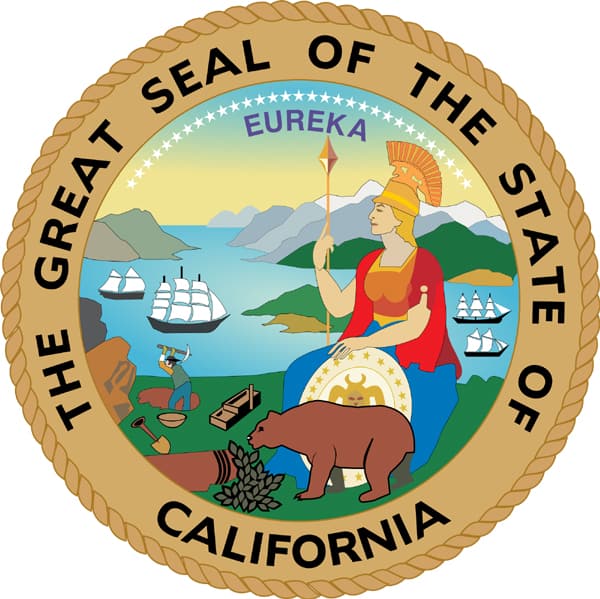End of ‘California Rule’ Can Open Path for Pension Reform

 Addressing the underfunding of public pensions is difficult enough on its own. Reformers routinely face opposition from government employee unions and their political allies. But that’s not all. In 12 states, even when the political will exists and the public may seem willing to support reform, a formidable legal roadblock stands in the way—a legal doctrine known as the “California Rule.”
Addressing the underfunding of public pensions is difficult enough on its own. Reformers routinely face opposition from government employee unions and their political allies. But that’s not all. In 12 states, even when the political will exists and the public may seem willing to support reform, a formidable legal roadblock stands in the way—a legal doctrine known as the “California Rule.”
The California Rule, which dates back to the 1955 case Allen v. City of Long Beach, treats pension benefits as near-ironclad contractual obligations that states and local governments may not alter short of any circumstance other than the pension plan facing impending insolvency. However, the California Supreme Court recently agreed to hear a case that may finally undo the California Rule.
A ruling that strikes down most of the rule—or at least loosens its strictness—would open a path for reform, by taking away a potent weapon that public employee unions use to fight any changes in pension benefits, however modest or sensible. As San Francisco Chronicle columnist Dan Walters notes:
[California Governor Jerry] Brown is supporting appellate court rulings that upheld two provisions of the modest pension reform bill he and the Legislature enacted in 2012, one ending “pension spiking” and the other repealing the ability of public employees to purchase additional retirement credits called “airtime.”
However, Brown appears to go even further, suggesting that the court set aside, or at least severely modify, the so-called “California rule.”
That rule, based on a 1955 state Supreme Court decision, is an assumption that public employee pension benefits, once granted, can never be modified, even for future work.
It is a bedrock issue for public employee unions and the union-controlled California Public Employees Retirement System, as demonstrated when they successfully pressured bankrupt cities not to reduce pension obligations, even though a federal bankruptcy judge said they could do so.
Pension spiking involves public employees taking on large amounts of overtime in the years preceding retirement in order to substantially raise the compensation upon which their pension payouts are calculated. Ending the California Rule would substantially lessen government employee unions’ ability to defend egregious practices like spiking.
And not a moment too soon, given the California Public Employee Retirement System’s (CalPERS) growing share of municipal budgets across the Golden State. In a survey of CalPERS clients, including 427 cities and 36 counties, the Reason Foundation and California Public Policy Center found that local governments’ payments to CalPERS, which are already large, will continue to grow under the current system. Worse, in some cities, much of the increase will come from “catch-up” payments for unfunded pension liabilities.
Of course, ending the California Rule won’t mean that pension reform will become easy—union opposition will remain as fierce as today—but it’s a needed start.